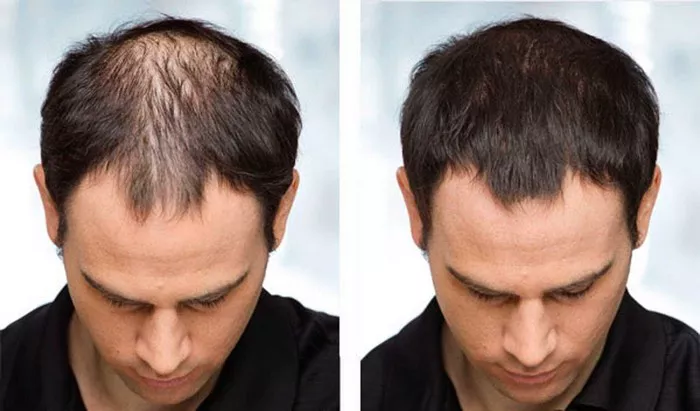Hair transplants have revolutionized the field of cosmetic surgery, offering a viable solution for individuals grappling with hair loss. One common concern among prospective patients is whether they can achieve the coveted long hair look post-transplant. In this article, we explore the possibilities and considerations surrounding the pursuit of long hair after a hair transplant.
Understanding the Hair Transplant Process
Before delving into the potential for achieving long hair after a transplant, it’s essential to grasp the basics of the procedure. Hair transplants involve the extraction of healthy hair follicles from a donor area (usually the back or sides of the scalp) and their transplantation into the recipient area where hair is thinning or absent. The two primary techniques are Follicular Unit Transplantation (FUT) and Follicular Unit Extraction (FUE).
Immediate Post-Transplant Period: Short Hair is the Norm
In the immediate aftermath of a hair transplant, patients often experience a period of recovery where the transplanted hair undergoes various stages of healing and growth. Initially, the transplanted hairs are short and may not align with the desired long hair aesthetic. This is a normal part of the process, and patience is key during this phase.
The Growth Timeline: Transitioning to Longer Hair
As the transplanted hair follicles take root and acclimate to their new environment, the growth process begins. The initial growth is gradual, and patients may notice that the transplanted hairs follow a typical hair growth cycle. This means there will be a progression from the resting phase to the growth phase, resulting in longer and more noticeable hair over time.
Factors Influencing Long-Term Hair Growth
Several factors influence the success of achieving long hair after a hair transplant. Understanding these factors can help set realistic expectations and contribute to optimal results.
1. Patient’s Natural Hair Growth Rate:
The rate at which hair naturally grows varies among individuals. Some people experience faster hair growth than others. The patient’s natural hair growth rate will impact the speed at which transplanted hairs achieve the desired length.
2. Type of Hair Transplant Technique:
The choice between FUT and FUE can influence the overall aesthetic of the transplanted hair. FUT may leave a linear scar that could affect hairstyle options, while FUE, with its individual follicle extraction, may offer more flexibility in styling, including longer hair.
3. Quality of Transplanted Hairs:
The quality of the transplanted hairs plays a crucial role in long-term success. Healthy and robust hair follicles have a higher chance of thriving in their new location, contributing to the achievement of longer, fuller hair.
Patient Compliance: Post-Operative Care and Lifestyle Choices
The role of the patient in post-operative care and lifestyle choices cannot be overstated when considering long-term hair growth after a transplant.
1. Post-Operative Care:
Adhering to post-operative care instructions is vital. This includes avoiding activities that may traumatize the transplanted area, using prescribed medications, and attending follow-up appointments for monitoring.
2. Healthy Lifestyle Choices:
Adopting a healthy lifestyle contributes to overall well-being and, by extension, the success of a hair transplant. A balanced diet, regular exercise, and avoidance of detrimental habits like smoking can positively impact the body’s ability to heal and support long-term hair growth.
Styling Options for Long Hair Post-Transplant
As the transplanted hair continues to grow, patients can explore various styling options to achieve the long hair look they desire. It’s essential to consult with the transplant surgeon and discuss preferred hairstyles during follow-up appointments to ensure that styling choices align with the healing process.
See Also: Post-Hair Transplant: How Long Should You Sleep Upright?
Conclusion
Achieving long hair after a hair transplant is indeed a realistic goal for many individuals. The journey, however, requires patience, adherence to post-operative care instructions, and an understanding of the factors influencing hair growth. Consulting with a skilled and experienced hair transplant surgeon is crucial for setting realistic expectations and ensuring the best possible outcome.
In conclusion, while the immediate post-transplant period may involve shorter hair, the gradual growth of transplanted hairs over time opens up the possibility of achieving the desired long hair look. The success of this transformation depends on a combination of factors, including the patient’s natural hair growth rate, the chosen transplant technique, the quality of transplanted hairs, and the patient’s commitment to post-operative care and a healthy lifestyle. With careful consideration and collaboration with a reputable transplant specialist, individuals can look forward to not only regaining their hair but also enjoying the versatility of longer hairstyles.


